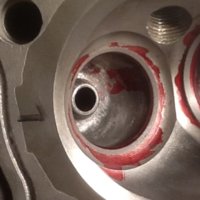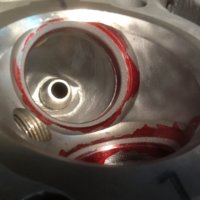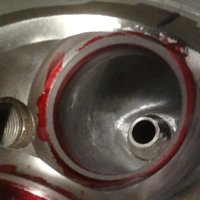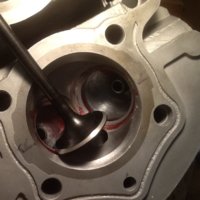... I'm curious though, have you ever tried those angle cutters from mikes or know any one that has?
I have the MikesXS seat cutter set. Haven't used it yet, but a review in here:
http://www.xs650.com/threads/review-of-some-parts-purchases-from-mikesxs.10849/page-3#post-267242
This may be of interest:
http://www.xs650.com/threads/how-to-determine-which-size-valve-guides-are-needed.27318/
Back in the ol' shop daze, we had 2 different seat cutting tools.
A powered Souix valve seat grinder, like this:
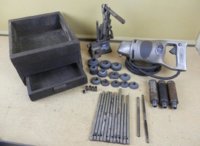
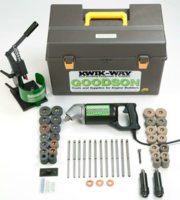
And factory Honda seat-cutting tools:
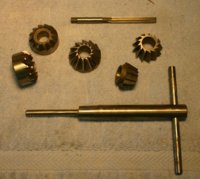
The powered grinder was great. The arbor was fitted and tightened into the guide, best accuracy and kept grindings out of the guide. Keep the stones dressed, great results. You could make up arbors and profile stones to your liking, custom angles and such. Gotta be careful, tho'. Can easily grind thru the seat, head, the table, floor, all the way to China. Use a very light touch, let the stones center on the arbor for best concentricity. Your best choice for hardened seats.
The hand-powered cutters were cheaper, but (*grunt*) a bit more work. Their arbors had to have a looser fit in the guides, so you could spin them. If you beared-down a bit too hard on them, the cutter would want to center on the existing seat, not on the guide center. And, if your turn/cut technique wasn't good, you'd sometimes get "chatter" marks. These don't work well on hardened seats, and can permanently dull the cutter. A real risk factor, since it's not easy to tell early on, on an unknown head, if the seat is cast iron, or hardened. The loose fit of arbor to guide could also let chips in there, risking the guide...



